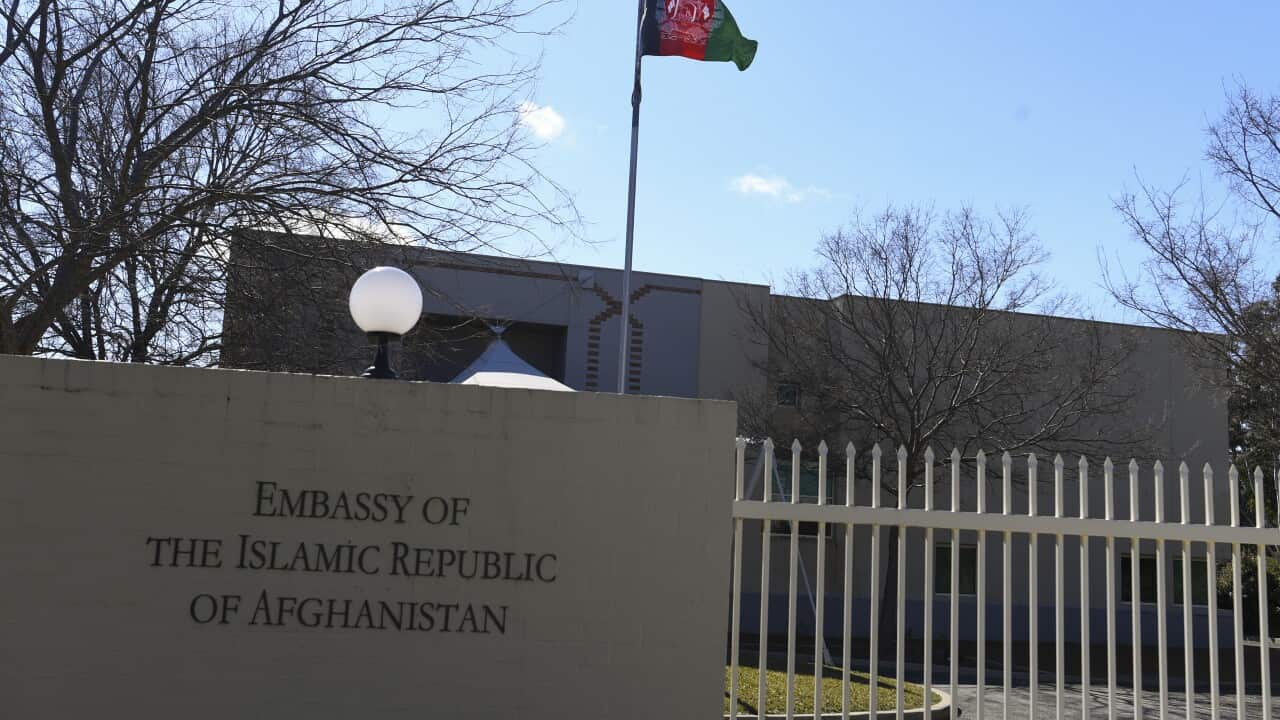Despite federal government forecasts of a shortfall in nurses over the next decade, Australia has dramatically reduced its use of temporary skilled visa workers in the sector.
The Nursing and Midwifery Federation says while there are enough local graduates to fill the void, they need help entering the workforce.
Thirty-one year-old Joby George sees working as a nurse in Australia as a pathway to a new life.
It meant leaving her two young children behind in India for a few months.
She hopes her 4-5-7 temporary skilled visa leads to permanent residency and a fresh start for her family.
"I just made a decision, you know, for the better future of my kids. I know that many of my friends are working here and they say that there are many job opportunities and, you know, a better standard of living over here so I thought why don't I try for me and my family?"
She is one of more than 30 nurses on 4-5-7 visas who work at the newly-built Rural Referral Hospital in the regional New South Wales city of Wagga Wagga.
They make up almost four- per-cent of staff there.
The Executive Director of Nursing and Midwifery for the Murrumbidgee Local Health District, Karen Cairney, admits visa workers have played a vital role over many years to help fill vacancies in the health sector.
"It's really important that we have the right amount of nurses to be able to provide care in our facilities. The challenge is if we allow vacancies to grow then it becomes even harder because we're working our existing staff more and more."
Federal government data estimates around 123,000 extra nurses will be needed in Australia by 2030.
Assistant Federal Secretary at the Australian Nursing and Midwifery Federation, Annie Butler, says that just like the general population, nurses across the sector are ageing, and inching towards retirement.
"Our average age of our nurses and midwives at the moment is actually around 47, up to actually 50 in the aged care sector. So, in about 10 years a whole lot of our nurses and midwives are set to retire so we need to be prepared to fill those gaps."
Ms Butler says that even though foreign workers have helped fill the gaps in the past, it is not the long-term solution.
As the number of nursing graduates in Australia increases, the number of 4-5-7 visas has declined.
After reaching a peak in 2013 of almost 5,000 visas granted, that number has more than halved.
But Annie Butler says some local graduates are still finding it difficult to secure employment.
"We have no shortage at all of people wanting to become nurses and midwives. The difficulty we have is that we have a bit of variability about whether our nursing and midwifery graduates get jobs. If they don't get jobs in the first couple of years it can then be very difficult to get them into the workforce. So we really need to get them into the workforce now so that they have time to develop into our future experienced workforce."




